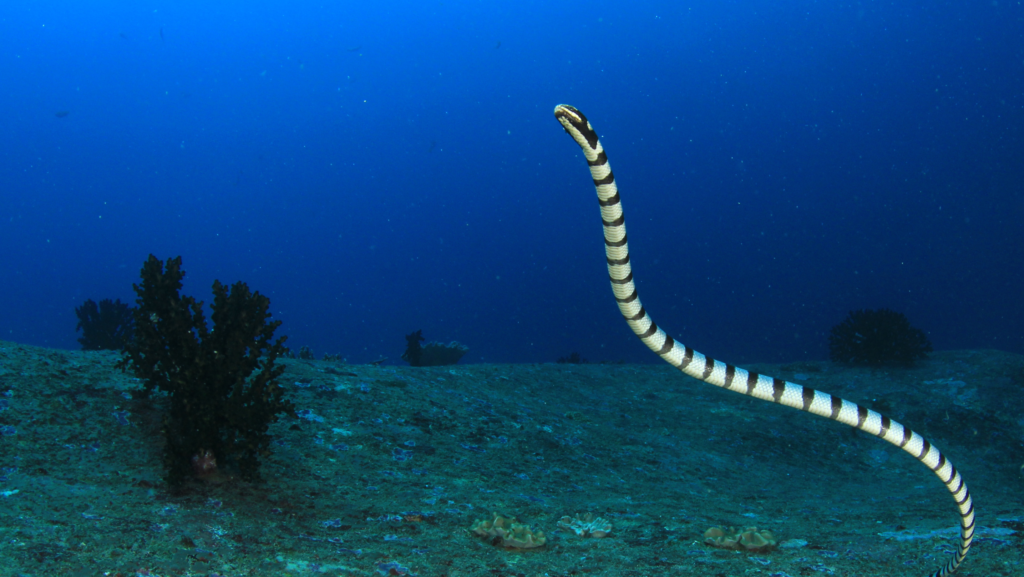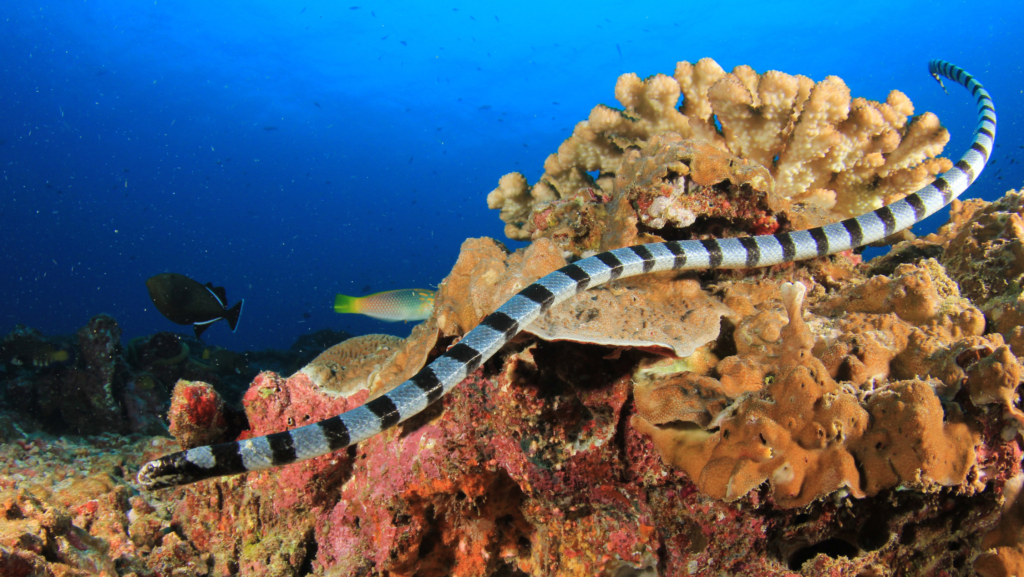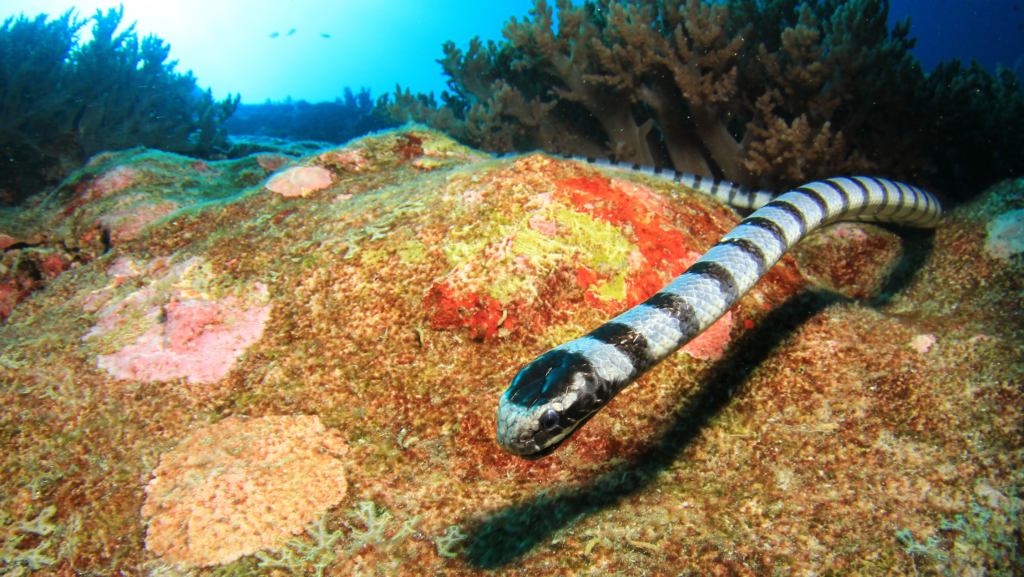The banded water snake, scientifically known as Nerodia fasciata, is a non-venomous aquatic snake found in various habitats across North America, particularly in the southeastern United States. Let’s explore the different stages of its life, from birth to death.
Birth:

Banded water snakes typically reproduce through internal fertilization. Mating occurs in the spring, with females giving birth to live young instead of laying eggs. The gestation period lasts for several months, and the female may give birth to a dozen or more neonates in late summer or early fall.
The birth takes place in or near the water, as these snakes are well-adapted to aquatic environments. The neonates are fully formed and equipped for life in the water from the moment of birth, allowing them to quickly disperse and find shelter.
Growth and Life:

After birth, banded-water snake neonates are left to fend for themselves. They grow rapidly by consuming small fish, amphibians, and invertebrates found in their aquatic habitats. As they mature, banded water snakes develop distinct coloration and markings, characterized by dark bands alternating with lighter ones along their bodies.
Throughout their lives, these snakes remain closely associated with freshwater ecosystems, favoring slow-moving streams, rivers, ponds, and marshes. They are excellent swimmers and can often be observed basking on rocks or vegetation near the water’s edge.
Food:
Banded water snakes are opportunistic feeders, preying on a variety of aquatic creatures. Their diet includes fish, frogs, tadpoles, small mammals, and even other snakes. They use their strong, constricting bodies to subdue prey before swallowing it whole. The snakes’ adaptability to different types of prey contributes to their success in various aquatic environments.
Reproductive Behavior:

Mating season for banded water snakes typically occurs in the spring, when temperatures rise. Courtship involves intricate rituals, with males approaching females and engaging in a series of movements and displays to indicate their readiness to mate. After successful copulation, females gestate the embryos internally until the young are ready to be born.
Death:
The lifespan of banded water snakes varies in the wild but generally ranges from 5 to 10 years. Their mortality can be influenced by factors such as predation, environmental changes, and human activities. Larger individuals may face fewer natural predators, but they can still fall victim to birds of prey, larger snakes, or mammals.
In conclusion, the life of a banded water snake is intricately tied to aquatic habitats, emphasizing their role as both predators and contributors to the balance of ecosystems. From birth to maturity, these snakes play a vital role in maintaining the health of freshwater environments while adapting to the challenges of their surroundings.

